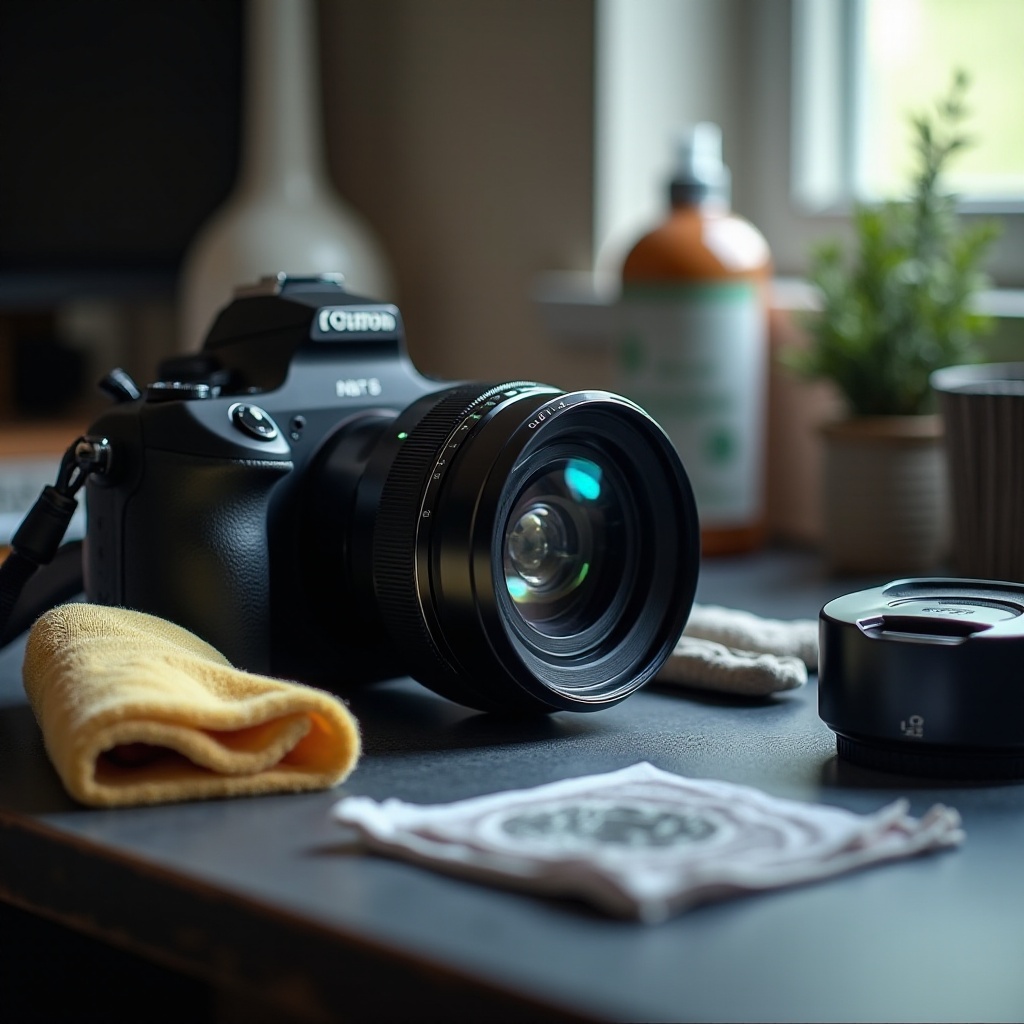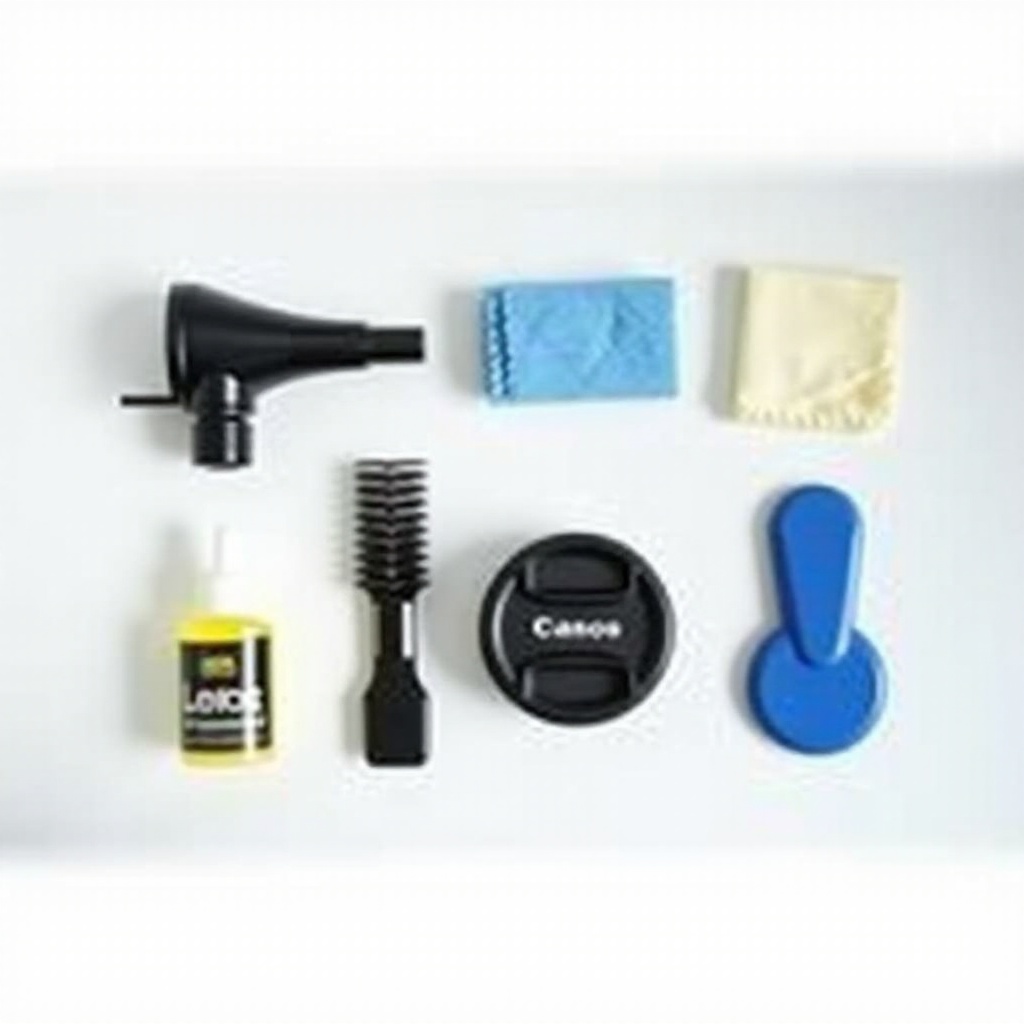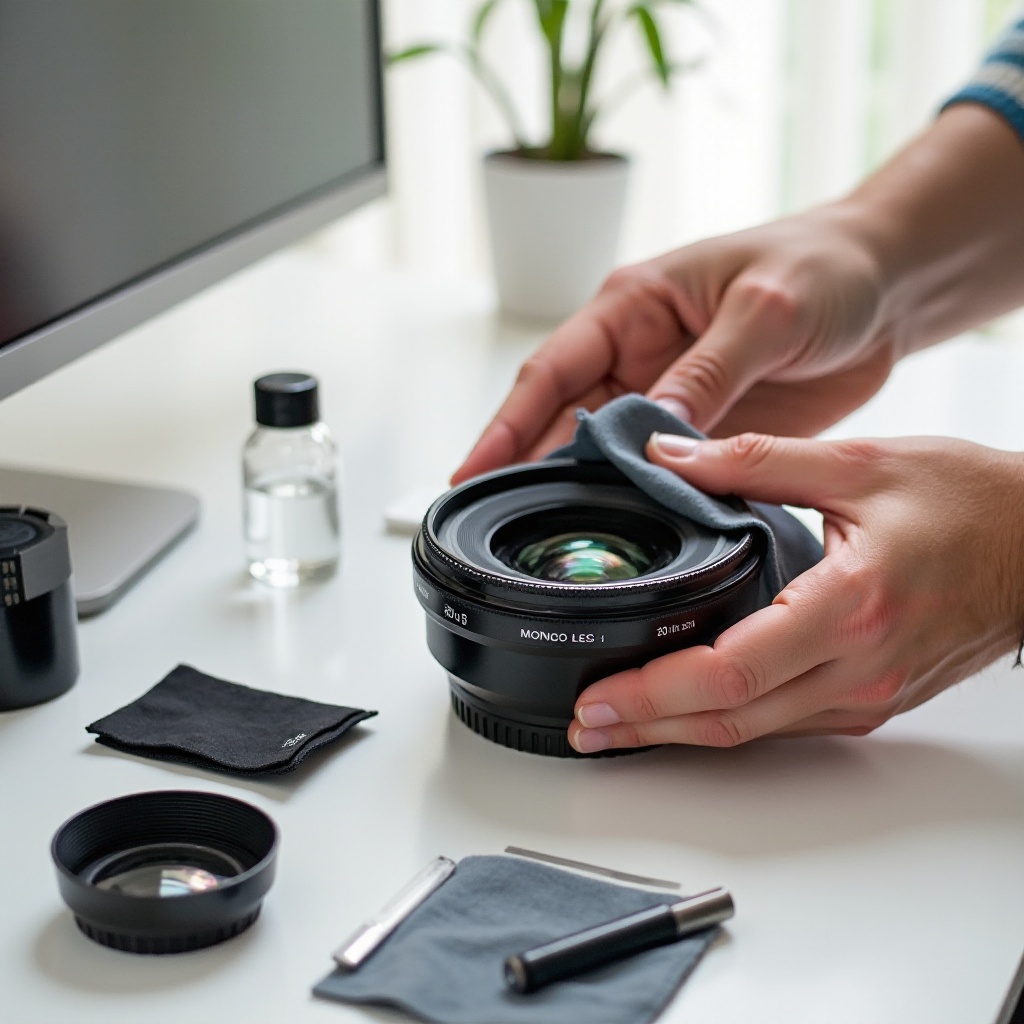How to Clean a Camera Lens: A Comprehensive Guide
Introduction
Cleaning a camera lens is an essential skill for any photographer. A clear, spotless lens ensures your photographs are crisp and free of blemishes that might be caused by dust, smudges, or fingerprints. Regular cleaning routines can significantly extend the lifespan of your lens, maintaining its quality and safeguarding your investment. This comprehensive guide will walk you through the necessary cleaning supplies, a detailed cleaning process, common mistakes to avoid, and useful maintenance tips for long-term lens care.

Essential Supplies for Cleaning
For effective lens cleaning, having the right supplies on hand is crucial. The tools you choose will directly impact the quality and safety of your cleaning process.
Basic Cleaning Tools
- Microfiber Cloth: A must-have for wiping down your lens without scratching it.
- Air Blower: Ideal for removing loose dust and particles.
- Lens Brush: Helps in dislodging stubborn dirt safely.
Advanced Cleaning Tools
- Lens Cleaning Fluid: Specifically designed solutions to effectively clean the lens without damage.
- Sensor Swabs: These are more advanced tools for cleaning the inner components of lenses.
- UV Filter: Provides an additional layer of protection, reducing the need for frequent cleanings.

Preparing Your Work Area
To ensure an effective cleaning process, it's important to prepare a suitable work area. A clean, clutter-free space minimizes the risk of further contaminating your camera lens while you work. Ensure the area is well-lit so you can see all the details clearly. Lay a soft, clean cloth or paper towel on your working surface to place your tools and to avoid any accidental lens scratches if you need to set it down. Having everything organized beforehand will make the process smoother and more efficient.
Step-by-Step Cleaning Process
Cleaning your camera lens doesn't need to be complicated or intimidating. Follow these steps for a thorough and effective clean.
Removing Loose Dust with an Air Blower
- Hold the lens at an angle and use the air blower to gently blow away any loose dust and particles. Avoid blowing air directly into the lens to prevent internal dust migration.
Brushing off Smaller Particles
- Use the lens brush to lightly sweep away any remaining small particles. Be gentle to avoid scratching the glass. Ensure the brush is clean and used exclusively for your lens.
Wiping with a Microfiber Cloth
- Take a microfiber cloth and in a circular motion, start from the center of the lens and move outward. This technique helps in preventing streaks. Do not apply excessive force; the cloth alone should suffice for minor smudges and fingerprints.
Using Lens Cleaning Fluid
- If stubborn smudges persist, apply a small amount of lens cleaning fluid to the microfiber cloth (never directly on the lens). Continue wiping in a circular motion, starting from the center and moving outwards. Allow the lens to air dry for a few moments before use.

Common Mistakes and How to Avoid Them
Maintaining the integrity of your lens involves not only knowing how to clean it but also understanding common pitfalls.
Avoiding Scratches
Always use appropriate, clean tools for lens cleaning. Scratches from abrasive materials or dirty cloths are often irreversible and can significantly impair image quality.
Proper Pressure Application
Using too much pressure during cleaning can damage the lens coating or even the lens itself. Gentle, consistent strokes are effective and much safer.
Not Breathing on the Lens
It's common to see people breathe on their lenses before wiping them. However, this can deposit moisture and bacteria on your lens, leading to potential problems. Use proper cleaning fluids instead.
Maintenance Tips for Long-Term Care
Good maintenance habits can prolong the life and clarity of your camera lens. Implement these tips into your routine to keep your lens in top condition.
Regular Cleaning Schedule
Even if your lens appears clean, establish a regular cleaning schedule. Dust and small particles are often not visible immediately but can accumulate over time, impacting image quality.
Proper Lens Storage
Store your lens in a dry, clean environment. Use a lens cap, and if possible, keep it in a sealed container or camera bag to minimize exposure to dust and moisture.
Using Protective Equipment
Use UV filters and lens caps during use and storage. These simple accessories provide an extra layer of protection against environmental factors and reduce the frequency of cleanings needed.
Conclusion
Keeping your camera lens clean is an essential part of photography. With the right tools and techniques, you can ensure that your lenses remain in excellent condition, delivering high-quality images for years to come. Follow this comprehensive guide to keep your lens pristine and functional.
Frequently Asked Questions
How often should I clean my camera lens?
Clean your lens every few weeks or when you notice imperfections affecting your photos. More frequent cleaning may be necessary in dusty or humid environments.
Can I use household cleaners on my camera lens?
No, household cleaners may contain harsh chemicals that can damage your lens coatings. Always use cleaners specifically designed for camera lenses.
What should I do if there's fungus on my lens?
Fungus is a serious issue that requires professional cleaning. Store your equipment in dry conditions to prevent fungal growth and seek professional help if it occurs.



